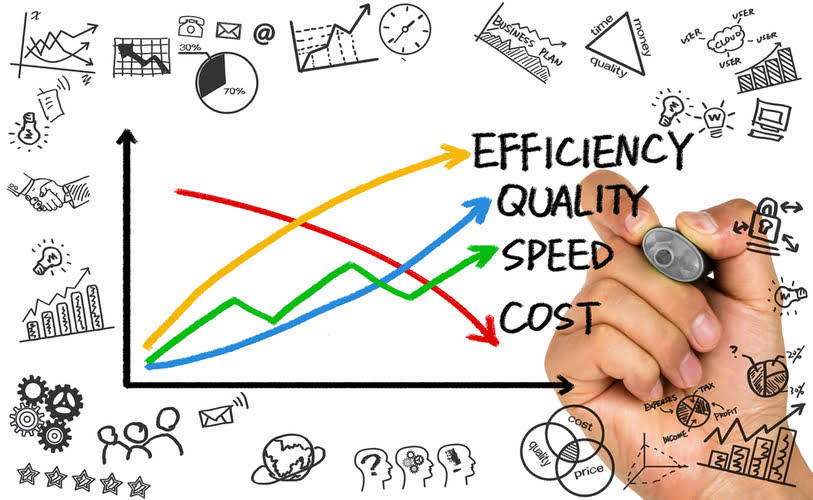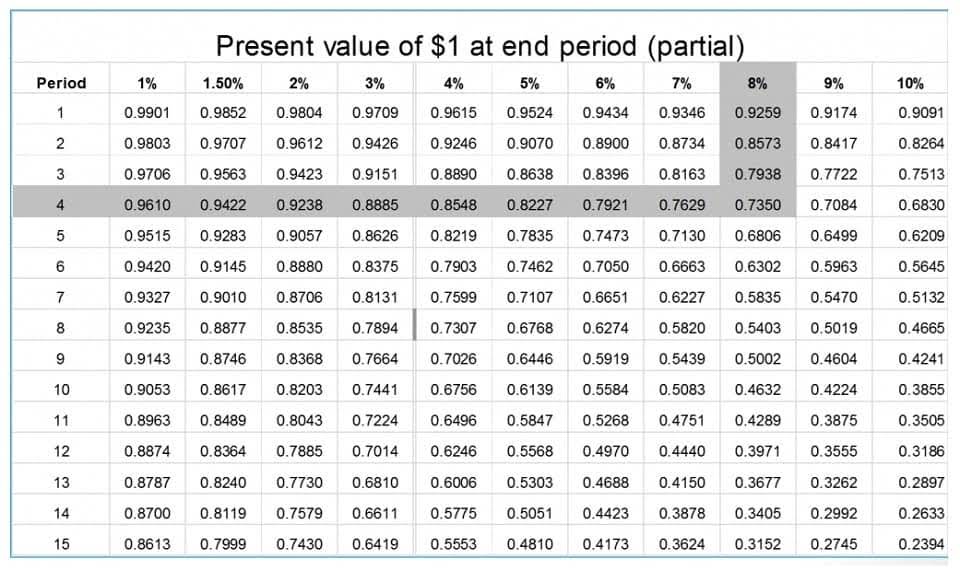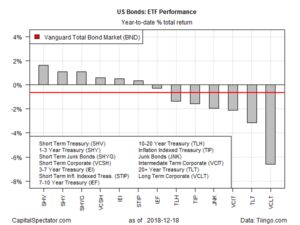
Without alcohol clouding your judgment or holding you back, sobriety unlocks your full potential for growth. One of the most rewarding aspects of sobriety is experiencing linear progression in various areas of your life. When drinking, personal development often feels erratic—one step forward, two steps back. In sobriety, however, progress becomes more consistent and visible.
- People experiencing nifaliophobia may avoid situations where substances are absent and feel severe anxiety about living sober.
- Sobriety can help you to improve your health, your relationships, and your overall quality of life.
- This is a condition where individuals may experience withdrawal symptoms long after detoxification.
- In particular, you may notice elevated levels of stress, anxiety, and depressed mood after you quit.
- Sobriety is an opportunity to improve your life in many different ways.
What is more scary? Taking the step or staying stuck?
Drinking stunts your emotional and personal growth. Here’s the thing about the word “fail.” So long as you dust yourself off and keep trying, you haven’t failed at all. People go into these big personal transformations expecting a linear progression from start to goal. fear of being sober Eventually, you will have to decide who to keep in your life and who to let go. That’s not going to be easy, but the alternative is to continue slowly destroying the one life you’re given. It’s not okay to be dishonest with yourself about where you’re headed.
The Important Questions We Should Ask Ourselves About Drinking, But Don’t
- Even after being in recovery for a while, you may not be delighted with the changes you have made.4 In fact you may realize you don’t like being sober.
- A ten minute morning meditation to set you up for the day is one of the best ways to ease anxiety in sobriety.
- With the help of a medical professional, you can safely detox from drugs and alcohol without worrying about withdrawal symptoms.
- It takes effort and support, and we’re here to provide that.
- But no matter where you are in your recovery, Eudaimonia Sober Living Homes can provide support every step of the way.
A few things are harder to beat than drug and substance use disorder. Matter of fact, attempting to quit alcohol cold turkey and without help could be life-threatening, mostly due to the psychological part. You may be tempted to go it alone, but seeking the help of a professional makes the habit much easier to beat and safe too. Sobriety gives you the mental clarity to track your progress in real-time. Whether you’re advancing in your career, learning a new skill, or pursuing a passion project, you’ll find that you’re able to focus better and stay committed.

The Best News Ever – You Can Get and Stay Sober in 2019
- Once I did get sober (and once I stayed sober for several years) I realized that I was truly becoming the best version of myself.
- They can be facilitated by a professional or casual, and they strive to assist members in managing their situations and enhancing their mental health.
- The possibilities are endless as you grow into a healthy, happy, and confident person.
- If you’re involved in a 12-step program, you likely already know the importance of milestones.
Depending on how deeply ingrained alcohol is in your life, you may be staring down an entire life makeover. Every day, week, and month that you let slip by without tackling your drinking problem is time you can’t get back and more damage you must undo. One to one coaching is the most powerful way to access deep transformation and long lasting change. My gift is turning what is often seen as difficult, and shameful, into a positive, loving, expansive experience. The biggest fear we face when thinking about sobriety is the fear of the unknown.
Overcoming the Challenges of Sobriety: Why Is It So Hard to Stay Sober

Feeling like you need to rely on alcohol or drugs for enjoyment can be scary. It is very normal in the early days to feel like you’ve resigned yourself to a life of misery by quitting alcohol. Those early days of sobriety may leave you feeling hopeless.

How common is relapse?
- These groups can give you the support and encouragement needed to overcome your fears.
- All it takes to get started is a phone call—we’re ready to help you or a loved one every step of the way.
- While the idea of facing daily life without substances may seem terrifying at first, it also opens up endless opportunities to explore new hobbies, activities, and interests.
- A few things are harder to beat than drug and substance use disorder.
- There are going to be highs and lows on this journey.
- Here’s the thing about the word “fail.” So long as you dust yourself off and keep trying, you haven’t failed at all.
Overcome the Fear of Recovery























